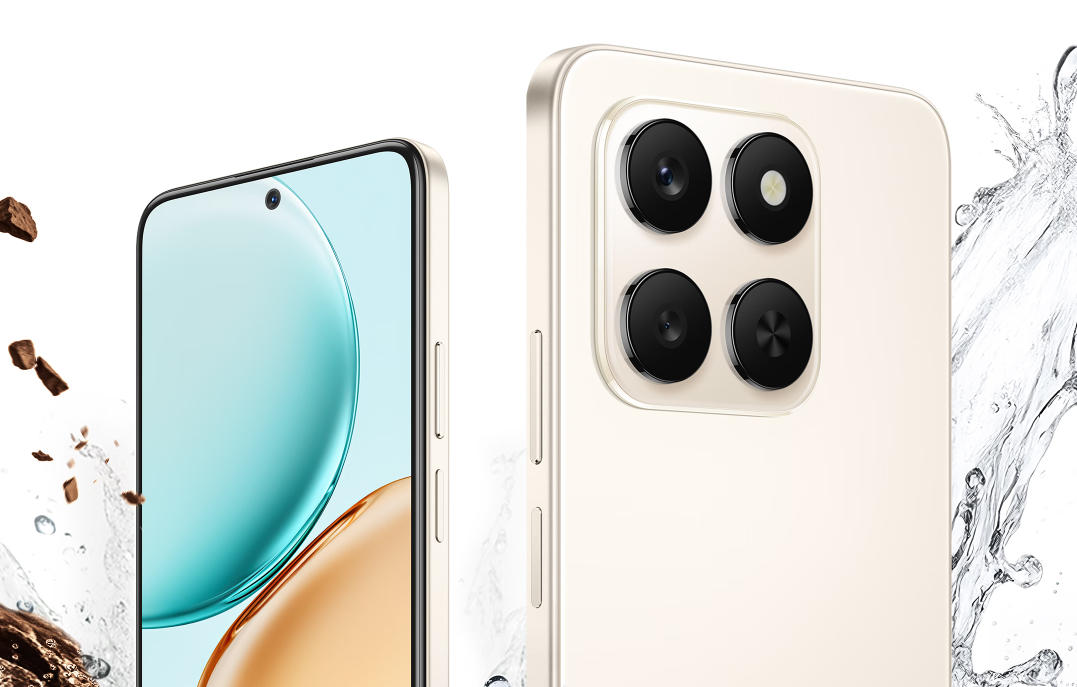
Capturing impressive photos with your phone involves understanding the crucial elements of light and color. With the right techniques, you can transform ordinary scenes into extraordinary images. This guide explores how to optimize lighting quality, manage color balance, and create creative effects. Whether snapping a portrait or scenic view, you’ll develop the skills needed to enhance your photo composition for stunning results.

Understanding Light and Color Basics
Types of Light Sources and Their Effects
Different light sources, such as direct sunlight, artificial lights, or ambient light, each provide unique effects on your photos. Direct sunlight often results in strong contrast, while ambient light can softly fill shadows. Artificial lights, including LEDs and fluorescents, vary in color temperature, impacting the overall mood. Recognizing these influences enables you to select the best source to convey the desired atmosphere in your images.
Quality vs Direction vs Color Temperature
Light quality refers to its softness or harshness, affecting texture and detail. Direction refers to where the light hits the subject, shaping shadows and depth. Color temperature, ranging from warm (yellow) to cool (blue), affects mood significantly. Balancing these factors creates dynamic photos. For instance, soft, warm light gives portraits a cozy feel, while cool, directional light enhances architectural details.

How Exposure and Contrast Influence Mood
Exposure dictates the amount of light reaching the camera sensor, essential for bright or dramatic scenes. Contrast involves the difference between the lightest and darkest areas. High contrast creates striking, bold images, while low contrast offers a subdued, gentle feel. Adjusting these settings alters mood; high exposure can energize, while lower exposure might elicit calmness, crucial for setting the tone in your photography.
Techniques to Control Lighting in Phone Photos
Using Natural Light — Golden Hour, Blue Hour, Windows
Natural light is unparalleled for its versatility. The golden hour, just after sunrise or before sunset, bathes photos in warm, flattering tones. During the blue hour, shortly before sunrise or after sunset, cooler, tranquil hues emerge. Windows offer diffused, even lighting, perfect for portraits. Utilizing these times and settings creatively can elevate your photo’s quality and visual appeal.
Diffusing Harsh Light and Avoiding Flat Lighting
Harsh direct light can create unwanted shadows and spots. Diffusing light, using objects like curtains or reflectors, softens the impact. This results in pleasant, even distribution across the subject. Avoiding flat lighting, which lacks depth, involves using angles and natural reflectors to create dynamic shadows and highlights. These methods ensure texture and interest in your photos.
Dealing with Backlight, Shadows, and Highlights
Backlight can silhouette your subject, adding drama and mystery. Position the subject between the light source and the camera to create this effect intentionally. Shadows add depth; use them creatively to emphasize textures. Highlight control is crucial to prevent areas from washing out. Balancing these factors helps capture detail and dimension, resulting in compelling images.
Color Balance and Post-Processing Tips
White Balance Settings and Adjustments In-Camera
White balance settings adjust how colors are perceived under different lighting conditions. Many phones provide presets like daylight, cloudy, tungsten, or custom settings. Correcting in-camera reduces post-editing work. Ensuring accurate Caucasian whites prevents color distortion, maintaining authenticity. This foundational adjustment enhances picture quality, making colors appear as naturally as seen by the human eye.
Enhancing Colors Without Overdoing Saturation or Filters
Enhancing colors involves subtle adjustments. Over-saturation can make photos look unrealistic and overwhelming. Instead, increase saturation slightly for vividness without draining the integrity. Filters should complement rather than overpower original hues. Choose tools that highlight natural color contrasts, adding life without crossing into fantasy land. Focus on maintaining a balance where colors remain lively yet true.
Using Editing Tools to Correct Color Casts and Tone
Editing tools like Snapseed, Lightroom, or in-phone apps help adjust color casts — those unwanted tints caused by non-ideal lighting. Use these to refine tones, ensuring colors are crisp and balanced. Adjusting highlights and shadows corrects discrepancies. Learning these adjustments can rectify exposure imperfections, adding crispness, and elevating overall photo quality.
Creative Uses of Light & Color for More Impactful Photos
Mood Through Color – Warm vs Cool vs Mixed Lighting
Colors set the emotional backdrop of a photo. Warm lighting evokes comfort and nostalgia, ideal for intimate portraits or sunset vistas. Cool lighting delivers a modern, minimalist vibe, perfect for urban landscapes or formal compositions. Mixed lighting, blending warm and cool, offers complexity, creating intrigue and versatility in storytelling through visuals.
Light as Composition – Silhouettes, Rim Light, Shadows
Using light creatively serves as an artistic element. Silhouettes emphasize shape and form against vividly colored backgrounds. Rim light outlines subjects, adding depth. Shadows introduce texture and drama, lending interest to mundane subjects. Employing these techniques turns light into a powerful compositional tool, setting the focus and enhancing narrative depth.
Color Harmony – Matching Backgrounds, Accents, Color Blocking
Color harmony aligns tones for cohesion. Matching your subject’s colors with background elements or accents creates a structured aesthetic. Color blocking, using contrasting colors, draws attention and highlights features. Mastering harmonization ensures your photos feel intentional and polished, resonating with balance and visual delight that appeals universally.
Conclusion
Mastering light and color in phone photography involves understanding sources, quality, and composition techniques. With practical strategies for natural lighting, adjusting color balance, and infusing creativity, you can produce striking images that capture essence and intrigue. Smartphones like the HONOR X7d 5G empower users with advanced tools to apply these methods effectively. These insights, armed with techniques, allow your photography to transcend ordinary captures, enhancing every nuance with professionalism, artistry, and long-lasting visual impact.
Leave a Comment